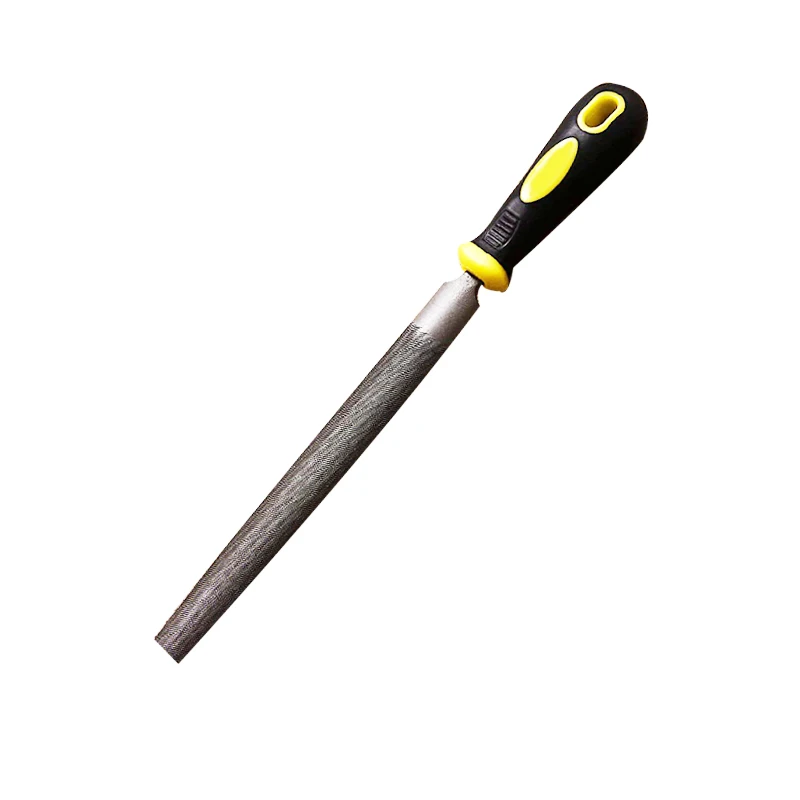Efficient Cardboard Cutting Machine for Precision Slitting and Packaging Solutions
The Evolution and Importance of Cardboard Slitting Machines
In the modern manufacturing landscape, efficiency and precision are paramount, especially in industries that rely heavily on packaging solutions. Among the many machines that facilitate these processes, the cardboard slitting machine has carved out a significant niche. This article delves into the role of cardboard slitting machines, their evolution, and their importance in today’s economy.
What is a Cardboard Slitting Machine?
A cardboard slitting machine is a specialized piece of equipment used to cut large rolls of cardboard or paper into narrower strips or sheets. This cutting process is essential for producing various products, including boxes, cartons, and protective packaging materials. These machines operate by feeding large, continuous rolls of material through a series of rotating blades that slice the cardboard into desired dimensions, ensuring precision and uniformity.
Key Features and Functions
Modern cardboard slitting machines come equipped with a range of features designed to enhance efficiency and functionality. High-speed operations allow manufacturers to cut materials quickly, significantly reducing production times. Advanced automation technology also enables operators to adjust cutting dimensions and speed with minimal effort, ensuring that the machine can adapt to different production needs.
Additionally, many machines now include features such as digital displays for monitoring performance, automatic tension control systems, and dust collection units to maintain a clean working environment. Some high-end models even incorporate programmable logic controllers (PLCs) that enable integration with other machines on the production floor, streamlining overall operations.
The Evolution of Cardboard Slitting Technology
The technology behind cardboard slitting machines has evolved dramatically over the years. In the early days, slitting was a labor-intensive process that relied on manual labor and basic cutting tools. As the demand for packaging solutions grew, manufacturers sought ways to automate and optimize the production process. The introduction of electric-powered machines in the mid-20th century marked a significant turning point, allowing for faster and more accurate slitting.
cardboard slitting machine

With the advent of computer numerical control (CNC) technology, machines became even more sophisticated. CNC-controlled slitting machines offered unprecedented precision, allowing for complex cuts and intricate designs that were previously impossible to achieve. This shift not only increased production capabilities but also opened the door for more innovative packaging solutions.
Importance in Sustainability
In an era where sustainability is a key focus for industries worldwide, cardboard slitting machines play an essential role in reducing waste. By maximizing the use of raw materials and allowing for precise cuts, these machines minimize off-cuts and scrap, contributing to a more sustainable manufacturing process. Moreover, paper and cardboard are inherently recyclable materials, ensuring that the products created using slitting machines can be easily repurposed after use.
Market Demand and Future Trends
The demand for cardboard packaging has surged in recent years, driven primarily by the rise of e-commerce and the increasing preference for environmentally friendly products. As a result, manufacturers are investing in advanced cardboard slitting machines to enhance their production capabilities. The global market for these machines is expected to continue growing, with innovations in automation and digital technology leading the charge.
Looking ahead, we can expect further developments in smart technology integration, where machines will not only automate production but also provide data analytics for performance monitoring and maintenance scheduling. The incorporation of artificial intelligence (AI) may also offer predictive capabilities that help manufacturers anticipate demand and optimize production runs accordingly.
Conclusion
The cardboard slitting machine has become an indispensable tool in the packaging industry. Its evolution from manual processes to high-tech automation mirrors the broader advancements seen in manufacturing. As industries strive for efficiency, sustainability, and adaptability, these machines will continue to play a crucial role in meeting the challenges of the modern marketplace. Emphasizing their importance not only in production but also in environmental stewardship, cardboard slitting machines are poised to remain at the forefront of packaging technology for years to come.
Share
-
The Best Lubricants for Aluminum Roller GuidesNewsJul.23,2025
-
Slitting Machine Applications in the Packaging IndustryNewsJul.23,2025
-
Rolling Roller Balancing Techniques for Smooth OperationNewsJul.23,2025
-
How To Optimize An EV Battery Assembly LineNewsJul.23,2025
-
Energy Efficiency in Modern Battery Formation EquipmentNewsJul.23,2025
-
Automation Trends in Pouch Cell Assembly EquipmentNewsJul.23,2025







